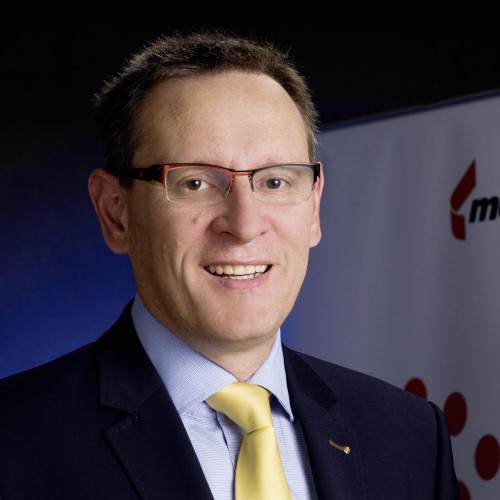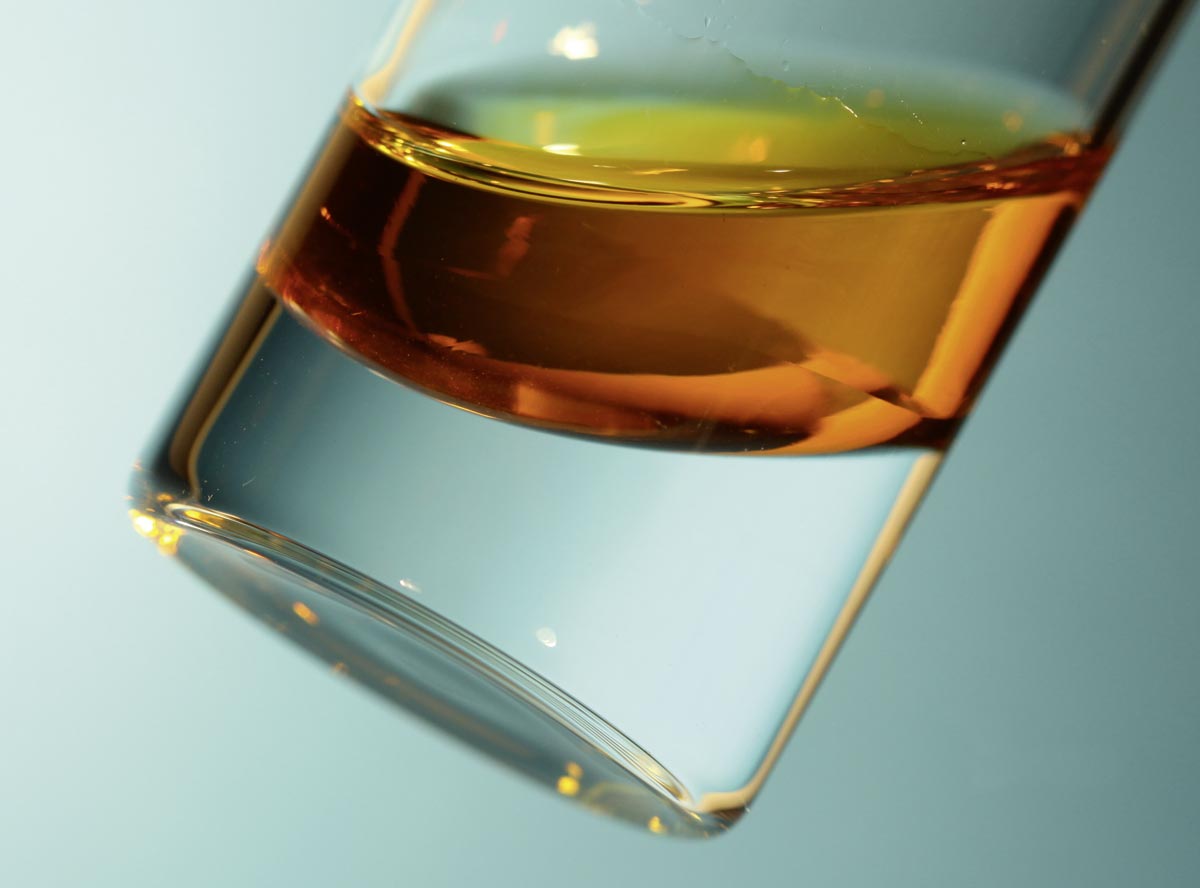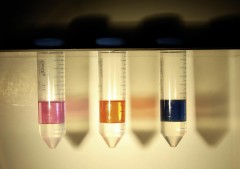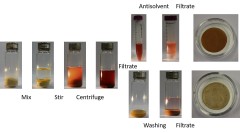Along with the steel and cement industries, the paper industry is a major energy consumer. For centuries the pulp and paper industry has been based on biomass. The processes to digest biomass and treat recovered paper have been repeatedly improved, but they still consume energy on a large scale. To move the European pulp and paper industry toward a low-carbon bioeconomy, new technologies will be needed, leading to savings in energy consumption and a reduction in carbon emissions. One starting-point here is researching new processes based on low-cost biodegradable solvents, so-called DES (Deep Eutectic Solvents), which can separate wood into lignin and cellulose with relatively low energy consumption.
As part of the EU‘s Joint Technology Initiative “Biobased Industries“ (JU BBI) European researchers and industry are investigating in the PROVIDES project (Grant Agreement NO 668970) the utilization of these eutectic solvents to selectively remove wood constituents without consuming much energy.
Bio-based Industries (JU BBI)
Das The Joint Undertaking (JU) “Bio-based Industries“ (BBI) was set up in 2014 as a Joint Technology Initiative in the EU’s research and innovation programme Horizon 2020. The main focus of the initiative is on utilizing inedible parts of plants, such as wood, residues from agriculture and forestry and biodegradable waste, and transforming these into various bio-based products and biofuels. The investment volume planned for this JTI in the period 2014 to 2020 comes to 3.7 billion Euro.
The international packaging and paper group MONDI is a partner in this research initiative. The project involves developing novel processes that operate at lower temperatures and pressures and use non-polluting solvents. Deep Eutectic Solvents (DES) are an alternative to conventional solvents, and can dissolve cell-wall constituents from various lignocelluloses at low temperatures (below 100 °C). To make DES, natural substances (amides, sugars, acids) are mixed with at least one proton donor (HBD) and at least one proton acceptor (HBA). The solvents are miscible with water, biodegradable, not very volatile, and inexpensive to make. DES can displace standard digestion processes; their potential for completely restructuring cellulose production, making a production process with reduced energy consumption and reduced emissions and residues possible, is considerable.
The main aims are:
> to reduce process energy intensity compared to conventional ways of making cellulose by at least 40 %
> to reduce investment costs compared to current cellulose plants by 50 %; this is feasible because the new equipment does not involve high pressures and recovering the chemicals is straightforward
> to improve the market position of products currently obtained from timber (e.g. paper, cardboard) and develop new applications with high added value, for instance in the textile and chemical industries
Various DES are currently tested in the PROVIDES project with regard to separating lignin out of lignocellulose and decontaminating recovered paper, i.e. removing printing inks and contaminants such as stickies. A number of new combinations of HBD (proton donors) and HBA (proton acceptors) have been developed, forming deep eutectic solvents. For the first time a hydrophobic DES has been investigated; hydrophobic DES are immiscible with water and make it much easier to separate individual components out of a mixture of water and cellulose. The researchers are also investigating techniques upstream and downstream to make the separation processes more effective. The aim is also to develop efficient methods of recovering both the solvents and the dissolved constituents.
Initial calculations have already been carried out as regards cost-effectiveness and environmental impact of the entire process for separating lignin out. A roadmap for activities up to 2030 has been drawn up on the basis of a list of critical aspects and outstanding research issues.

Leo Arpa,
Head of Research & Development Paper, Mondi Group




